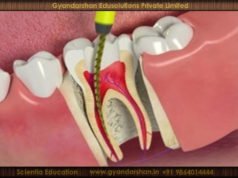
Ice crystals form when melted ice cream is refrozen due to changes in the structure and distribution of water molecules. Here’s a breakdown of why this happens:
1. Melting Breaks the Emulsion
Ice cream is a carefully balanced emulsion of fat, water, sugar, and air. When it melts:
- The emulsion breaks down.
- Water and other ingredients begin to separate.
- Air is lost, and the smooth texture starts to degrade.
2. Water Becomes Free to Crystallize
When ice cream is initially made, it’s frozen quickly and churned, forming small, uniform ice crystals. But once it melts:
- The water is no longer in the form of tiny dispersed crystals.
- Upon refreezing, there is no controlled churning.
- Water molecules clump together and form larger, jagged crystals.
3. Slower Freezing Causes Larger Crystals
Home freezers are much slower than commercial ice cream machines. This slow freezing:
- Allows ice crystals to grow larger.
- Makes the refrozen texture grainy and icy, instead of smooth.
4. Repeated Freezing Worsens the Effect
Every melt-refreeze cycle:
- Increases ice crystal size.
- Makes the ice cream less creamy.
- Eventually leads to an unpleasant texture and taste.
In Summary:
Ice crystals form when melted ice cream is refrozen because the water that was once evenly distributed and frozen into small crystals has now pooled and, when frozen again, turns into larger ice crystals without the original smooth structure.














